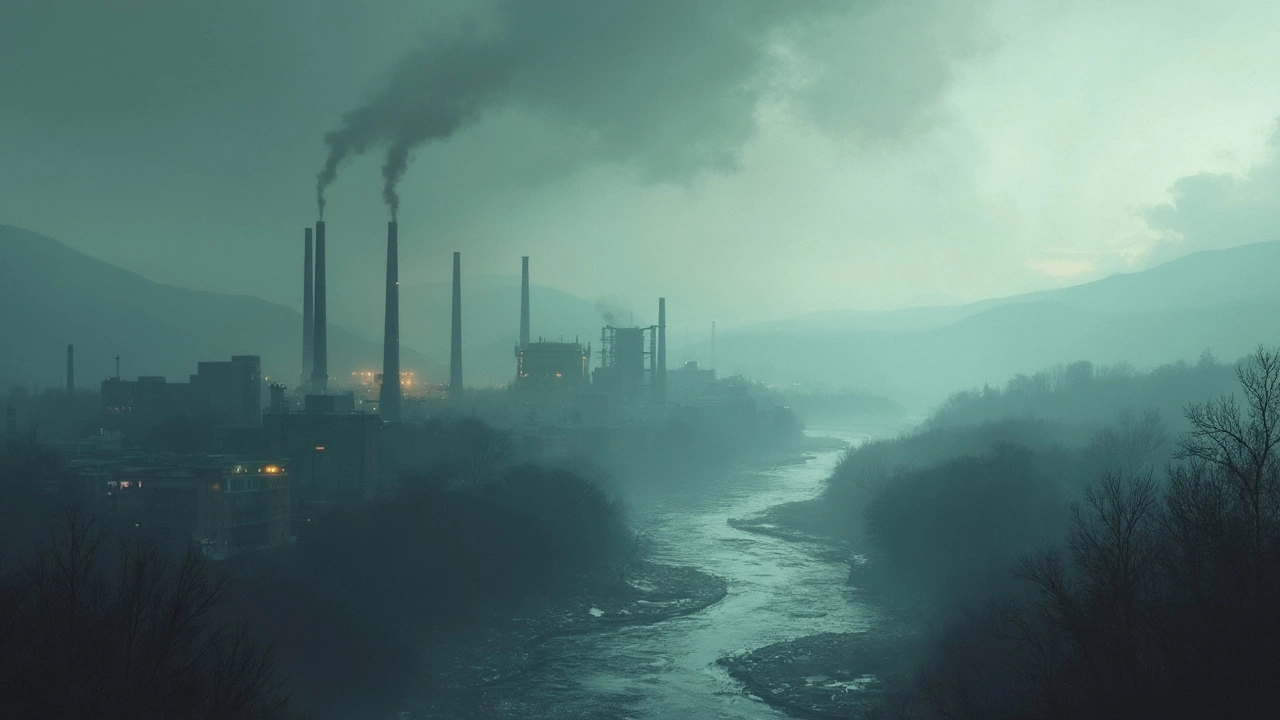Least Green State – Why It Matters and How to Spot It
Ever wonder which U.S. state falls behind on green scores? It’s not just a trivia fact – it tells you where the air, water, and public policies need the most help. Knowing the least green state helps you plan smarter trips, avoid hidden environmental costs, and maybe even support change.
Most rankings use a mix of data: air quality, renewable energy use, waste management, and how much land is protected. The U.S. Environmental Performance Index and the Green States Report are two big sources. They give each state a score from 0 to 100, with higher numbers meaning greener habits.
How the Rankings Are Made
The scores pull from a few key numbers. First, air quality monitors pollutants like ozone and particulate matter – high levels drag a state’s score down. Second, they look at how much energy comes from wind, solar, or hydro. States that still rely mostly on coal or oil fall far behind. Third, waste recycling rates matter; low recycling means more landfill waste. Finally, they count protected natural areas – the more parks and wildlife reserves, the better.
When you add up those pieces, a clear picture appears. In recent reports, states like Wyoming and West Virginia often sit at the bottom. They have high coal use, limited renewable projects, and less protected land. That combination pushes their overall green score into the 30s, far lower than leaders like Vermont or California.
What You Can Do When Visiting
Traveling to a less‑green state doesn’t mean you have to add to the problem. Choose accommodation that uses renewable energy or has strong recycling programs. Look for tours that respect local wildlife and avoid single‑use plastics. Even small steps, like packing a reusable water bottle, cut down on waste.
If you’re staying in a cottage or lodge, ask the owner about their sustainability practices. Some places in Wyoming have switched to solar panels or use grey‑water systems. Supporting those businesses encourages more green upgrades across the region.
Another easy tip: rent a hybrid or electric car if it’s available, or use public transport where possible. Many less‑green states have long drives, but car‑sharing services can lower emissions per passenger.
Finally, spread the word. Share your experience on social media and mention any eco‑friendly steps you saw. Travelers’ feedback can push hotels and local authorities to adopt greener policies faster.
Knowing the least green state helps you make smarter choices, reduces your footprint, and can even spark improvements in places that need them most. So the next time you plan a road trip, use the ranking as a guide, not a roadblock, and travel in a way that helps the environment wherever you go.

What is the Least Environmentally Friendly State in the United States?
Discover which state in the United States ranks as the least environmentally friendly and why. This article dives into various factors like carbon footprint, waste management, and energy usage. Learn what steps can be taken to improve the environmental stance in these states and find out how eco-friendly cottages can make a difference. Tips and insights provide practical solutions for those looking to live more sustainably.
Continue Reading